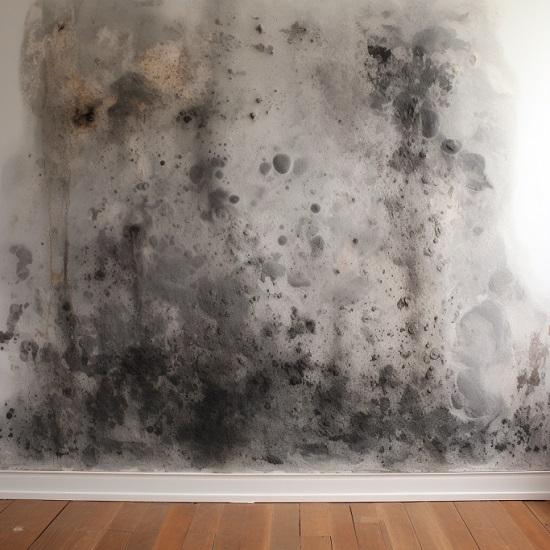Ensuring Post Remediation Verification Precision
Ensuring Post Remediation Verification Precision
Blog Article
Your Ultimate Guide to Post Mold Remediation Techniques
In the after-effects of mold and mildew infestation, recognizing exactly how to successfully eliminate the mold and mildew and prevent its reoccurrence is paramount for preserving a healthy and balanced indoor environment. From selecting the right cleansing and disinfecting techniques to carrying out methods for lasting mold and mildew avoidance, each action in the remediation trip plays a vital duty in ensuring an effective end result.
Understanding Post-Mold Removal Refine
After finishing the mold and mildew removal process, it is essential to comprehend the post-mold remediation strategies that are necessary to make sure a extensive and effective cleaning. Once the mold and mildew has been removed, the following step includes cleaning and decontaminating the affected areas to avoid any type of regrowth of mold. This consists of using specialized cleaning up agents to wipe down surface areas and kill any type of continuing to be mold spores. It is vital to dry out the area totally to inhibit the development of mold in the future (testing air quality after mold remediation). Appropriate ventilation and dehumidification can assist in this procedure.
Moreover, performing a last examination post-remediation is important to guarantee that all mold and mildew has actually been effectively removed. This examination must entail a thorough visual check along with perhaps air sampling to verify the absence of mold and mildew spores in the air. If the examination discloses any kind of remaining mold and mildew, added remediation may be necessary. Lastly, enlightening residents on preventive steps such as managing moisture degrees and quickly resolving any water leaks can help keep a mold-free setting.
Effective Cleaning and Decontaminating Approaches

Protecting Against Future Mold Development

Relevance of Proper Ventilation
Proper air flow plays an essential function in avoiding moisture build-up, a vital factor in mold growth within indoor environments. Reliable ventilation systems aid get rid of excess moisture from the air, decreasing the possibilities of mold and mildew spores finding the wetness they require to germinate and spread out. Without adequate air flow, indoor spaces can end up being a reproduction ground for mold, resulting in potential wellness threats and structural damage.
By making certain proper air circulation, air flow systems can also aid in drying out damp areas faster after water damage or flooding events, further hindering mold growth. After mold remediation. Precede like washrooms, attics, cooking areas, and basements where dampness levels have a tendency to be higher, mounting and preserving efficient air flow systems is important in avoiding mold and mildew infestations

Tracking and Maintenance Tips
Provided the important role that appropriate air flow plays in avoiding mold and mildew growth, it is vital to establish reliable monitoring and maintenance tips to make sure the ongoing performance of ventilation systems. Surveillance humidity degrees within the residential property is additionally essential, as high humidity can add to mold development. By staying mindful and proactive to the problem of ventilation systems, home owners can successfully reduce the risk of mold regrowth and maintain a healthy indoor setting.
Conclusion
To conclude, post-mold removal techniques are necessary for guaranteeing a safe and clean atmosphere. Understanding the process, carrying out efficient cleaning and decontaminating remove mold vhs tape methods, avoiding future mold and mildew development, maintaining correct air flow, and normal monitoring are all critical actions in the removal process. By adhering to these standards, you can successfully remove mold and prevent its return, promoting a healthy living or working room for all residents.
In the results of mold invasion, understanding exactly how to efficiently remove the mold and mildew and prevent its reoccurrence is vital for keeping a healthy and balanced indoor setting. As soon as the mold has actually been eliminated, the following step entails cleaning and sanitizing the affected locations to avoid any regrowth of mold - Post remediation mold testing near me. After eliminating visible mold development, it is important to clean all surfaces in the affected area to remove any kind of remaining mold spores. To even more enhance mold avoidance steps, it is crucial to attend to underlying problems that at first led to mold advancement.Given the critical duty that correct air flow plays in visit this page preventing mold and mildew development, it is essential to develop effective surveillance and maintenance tips to ensure the continued capability of ventilation systems
Report this page